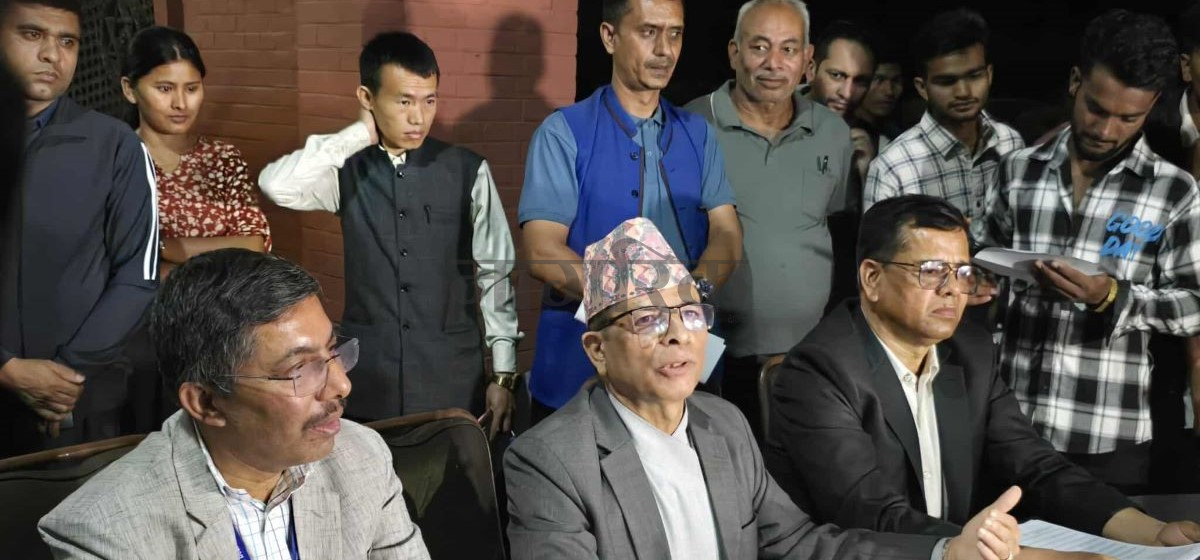KATHMANDU, June 27: A total of 61.81 percent of students who appeared in this year’s Secondary Education Examination (SEE) have been officially graded, according to the National Examination Board (NEB).
Speaking at a press conference, NEB Chairperson Dr Mahashram Sharma said that 61.81 percent of SEE examinees were graded this year—an increase of nearly 13 percent compared to the previous year. Sharma informed that a total of 442,896 students were graded across the country, with Bagmati Province recording the highest number of graded students at 119,517.
SEE results improve this year with over 61 percent examinees gr...

It was followed by Sudurpashchim Province with 59,804 students, Madhesh Province with 59,749, and Lumbini Province with 57,687. Similarly, Gandaki Province saw 47,849 students graded, while Koshi Province and Karnali Province had 47,835 and 46,455 students graded respectively.
Providing a breakdown of student performance, Dr Sharma said that 48,177 students achieved a GPA between 3.6 and 4.0 (A+ grade), while 81,385 students scored between 3.2 and 3.6 (A grade). Likewise, 89,124 students obtained a GPA between 2.8 and 3.2 (B+ grade), and 48,479 students earned a GPA between 2.4 and 2.8 (B grade). Similarly, 4,126 students received a GPA between 2.0 and 2.4 (C+ grade), while only 8 students secured a GPA between 1.6 and 2.0 (C grade). The NEB noted that the overall results indicate a notable improvement in academic performance.
Dr Sharma stated that the grading process was conducted in line with NEB’s standardized national evaluation framework to ensure transparency and consistency. The NEB will soon release a detailed report outlining the complete grade distribution, the number of ungraded students, subject-wise performance and comparative statistics with previous years.
NEB officials said that it will take an hour to access result via website and SMS. The SEE, which serves as Nepal’s nationwide Grade 10 final examination, plays a critical role in determining students’ eligibility for higher secondary education and future academic pathways.




































